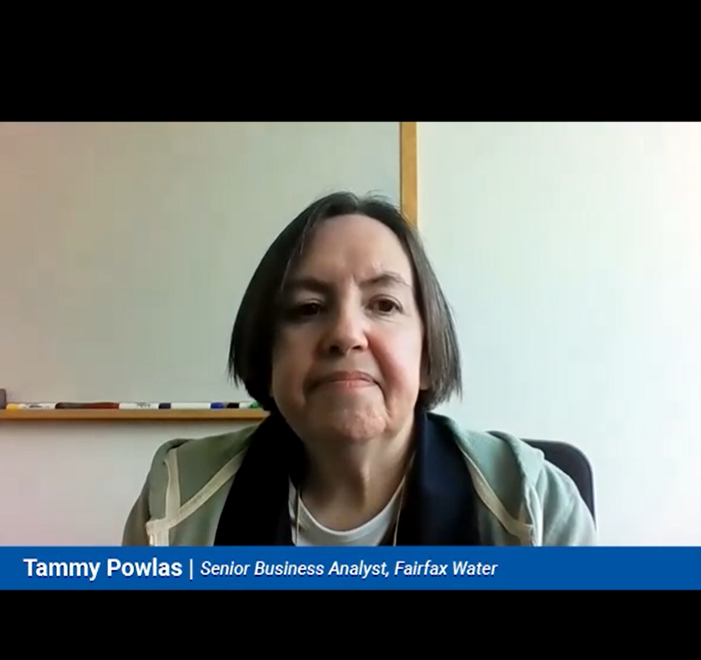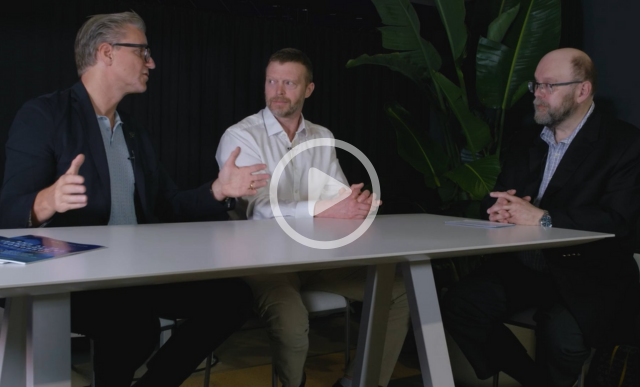What You Need to Know Before Your SAP HANA Migration
Preparing Your System and Organization for the In-Memory Journey
SAP HANA is gaining maturity in the market, and companies that have not yet adopted the in-memory database are looking at what it entails. With SAP HANA as the foundation for SAP’s future innovations, many forward-looking companies consider its adoption a matter of “when,” not “if.”
As is the case with any new technology, there are a multitude of considerations — such as the organization’s budget, business goals, legacy systems, and hardware installations — that play a role in deciding when and how to adopt SAP HANA. Of course, the journey to SAP HANA is not a solo mission — the help of a trusted partner can optimize the experience, helping you avoid costly missteps and consider all the factors.
Let’s look at some of the elements that will play a role in a successful SAP HANA deployment.
Explore related questions
The Need for Speed
A major motivating factor in the deployment of SAP HANA is speed. If your main goal is application speed, then it’s important to consider how you would go about realizing your goals.
SAP HANA is designed to run standard SAP processes, yet most companies have customized their SAP applications so that they can align the system’s processes with the organization’s business needs. If the company decides not to “go back to standard” and instead maintain its existing customizations, the speed improvements may be less significant, perhaps one and a half to two times existing speeds, so expectations must be maintained.
To determine just how much speed and functionality you stand to gain from SAP HANA, you should ask your partner for a proof of concept (POC). This will give you an inside look at how the many benefits of SAP HANA will specifically impact your organization.
When obtaining this POC, it’s critical to use real, live data from your business. That’s the only way to know how your specific SAP environment will be affected by an SAP HANA migration. By obtaining a customized POC, you can get a clear view of what you stand to gain from SAP HANA.
Cost Considerations
Even with the many benefits that exist with an SAP HANA migration, many customers focus first on cost. When doing so, however, it is important to look beyond the initial price quote and instead focus on the return on investment (ROI).
This is for a number of reasons: For one, simply looking at the list price without the context of what benefits can be achieved would be missing part of the picture; for another, there are ongoing costs that must also be considered.
For instance, you’ll need to plan for:
- Annual maintenance: As a ballpark estimate, your annual SAP HANA license fees could be approximately 15% of what you’re paying for your other SAP licenses.
- Infrastructure: SAP HANA requires significant hardware resources. The prevalent method for installing SAP HANA is to put it on a dedicated appliance, which will have varying costs depending on size. Some organizations opt instead for SAP HANA Tailored Data Center Integration (commonly known as TDI), which allows you to install SAP HANA on larger existing servers in your data center.
- Sizing: The size of your SAP landscape and how your company uses its SAP systems affect the overall cost, so it’s important to correctly size your SAP HANA appliance. This allows you to have optimal performance without paying for more space than you need.
- Migration: In-house IT teams often do not have the experience and expertise needed to perform the migration project. You’ll want to hire an expert partner that has performed many SAP HANA migrations and has the knowledge and experience needed to perform this project for you, saving you from potentially misusing internal resources or encountering costly project delays.
An SAP HANA migration doesn’t happen in a vacuum — organizations need to consider their current deployments, business needs, available resources, and a host of other items when going forward with the project.
Getting the Timing Right
An SAP HANA migration doesn’t happen in a vacuum — organizations need to consider their current deployments, business needs, available resources, and a host of other items when going forward with the project.
Here are a few key short-term challenges that must be considered when planning the timing of the implementation:
- Infrastructure refresh cycles: Many SAP customers buy new hardware every three to four years. If you just made a large infrastructure investment within the last year or two, you may want to avoid additional infrastructure spend and wait until the next refresh cycle. On the other hand, if you have an infrastructure refresh cycle coming up and have budgeted for new investments, this may present the ideal opportunity to move to SAP HANA.
- Lengthy migration paths: For customers with a very complex SAP environment, the length and complexity of your migration path is another concern. If the migration to SAP HANA could take a significant amount of time, say, over a year, it may be a good idea to plan the project for a time when you have developed a detailed plan for managing the migration. Some extra planning now may prevent months of work down the road.
- Product availability matrix: Before making the move, you must consult the product availability matrix available to you as part of the project to verify that all applications have a clear migration path to SAP HANA and will continue to work on it. Some instances prevent application migration, such as when a mission-critical non-SAP application is connected to SAP systems in the landscape. In such a situation, this single, non-compatible mission-critical application can hinder the entire migration project, so you need to plan for a replacement that will work with your new system.
A Wealth of Experience
Migrating to SAP HANA requires many considerations. The ones introduced in this article are only a snapshot of the factors you need to evaluate when deciding if and when to implement SAP HANA. The volume of considerations can seem overwhelming, but they are more manageable with the help of an experienced partner such as oXya.
oXya, a Hitachi Group Company, is a leading provider of managed services and cloud solutions for SAP systems, with more than 700 SAP experts and 335 enterprise customers worldwide. More than 15% of our customers have already migrated to SAP HANA, providing oXya with a wealth of experience in helping companies through the entire SAP HANA journey, from the initial considerations, to the POC, and then throughout the migration itself.
To learn more about how oXya can help you navigate the important considerations you need to make before undergoing an SAP HANA migration, visit www.oXya.us/HANA.






